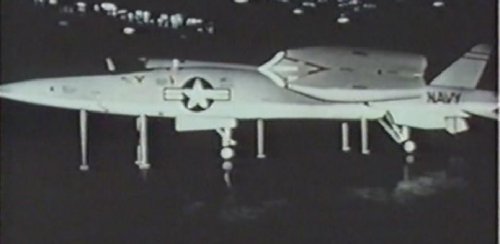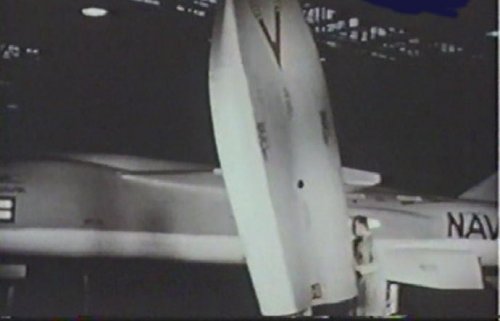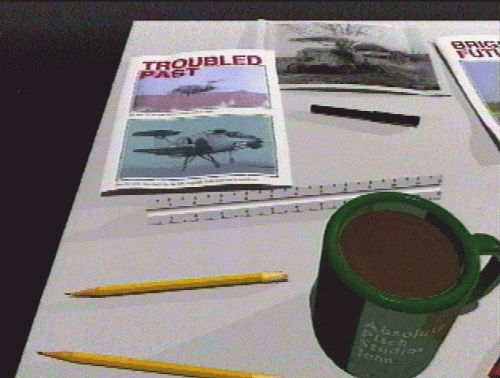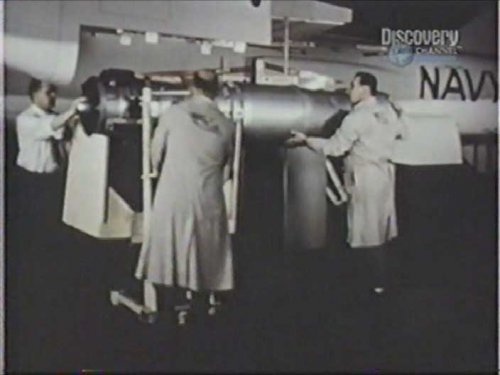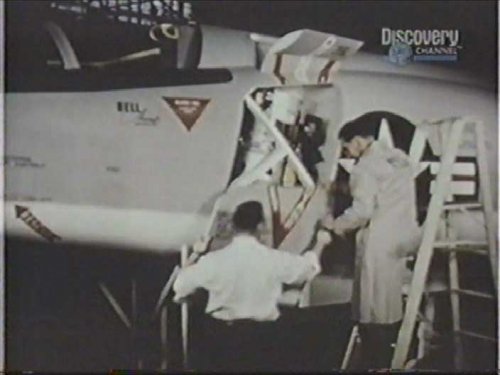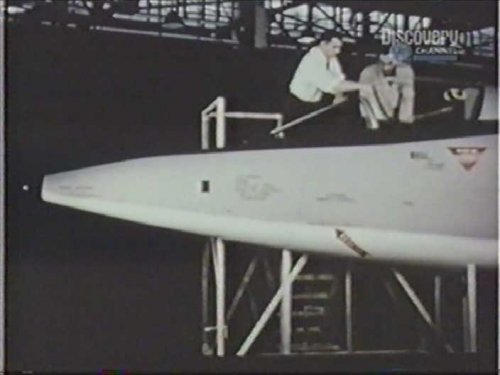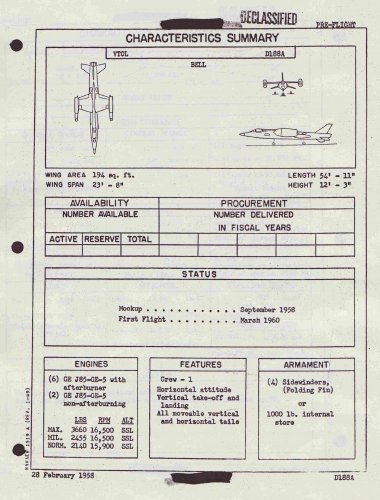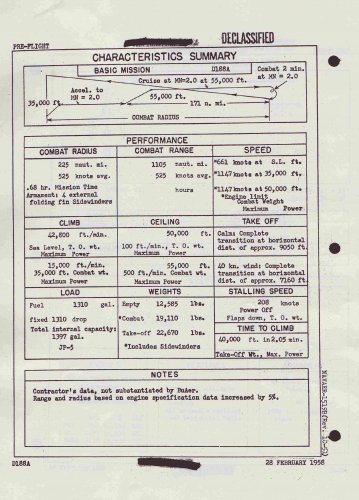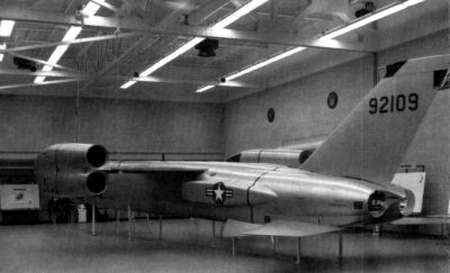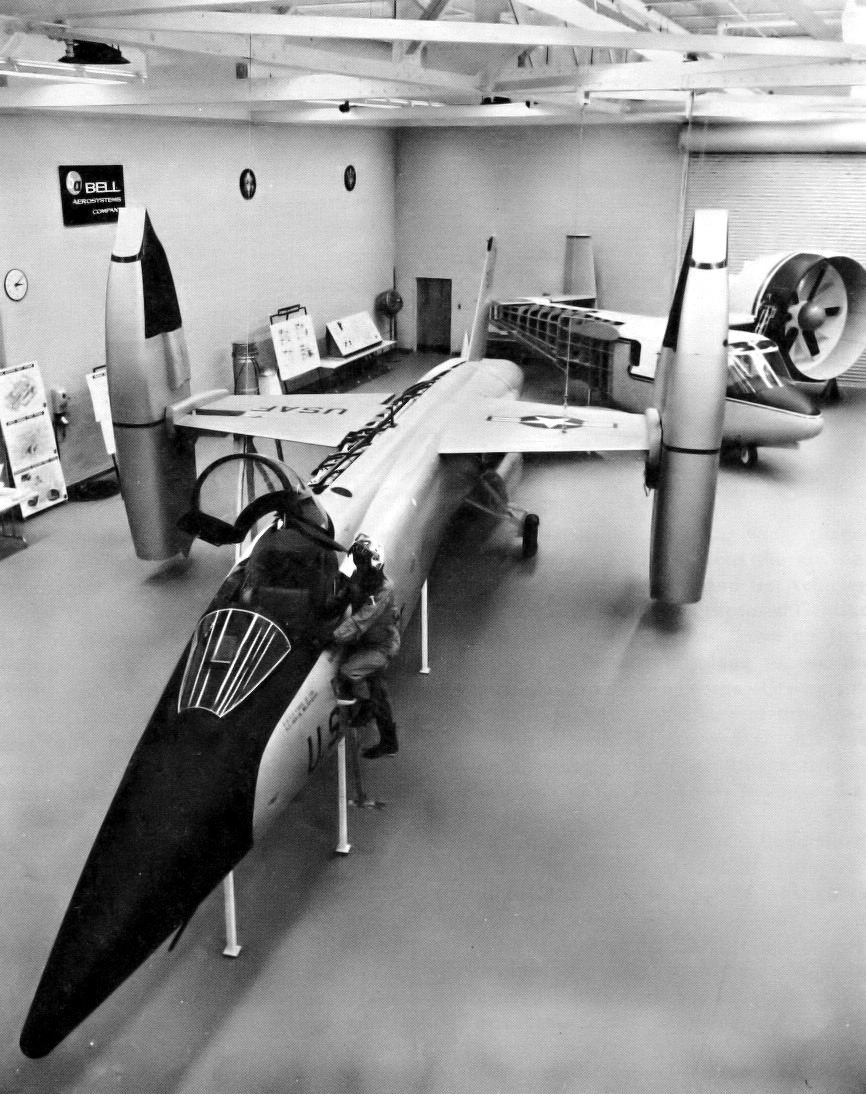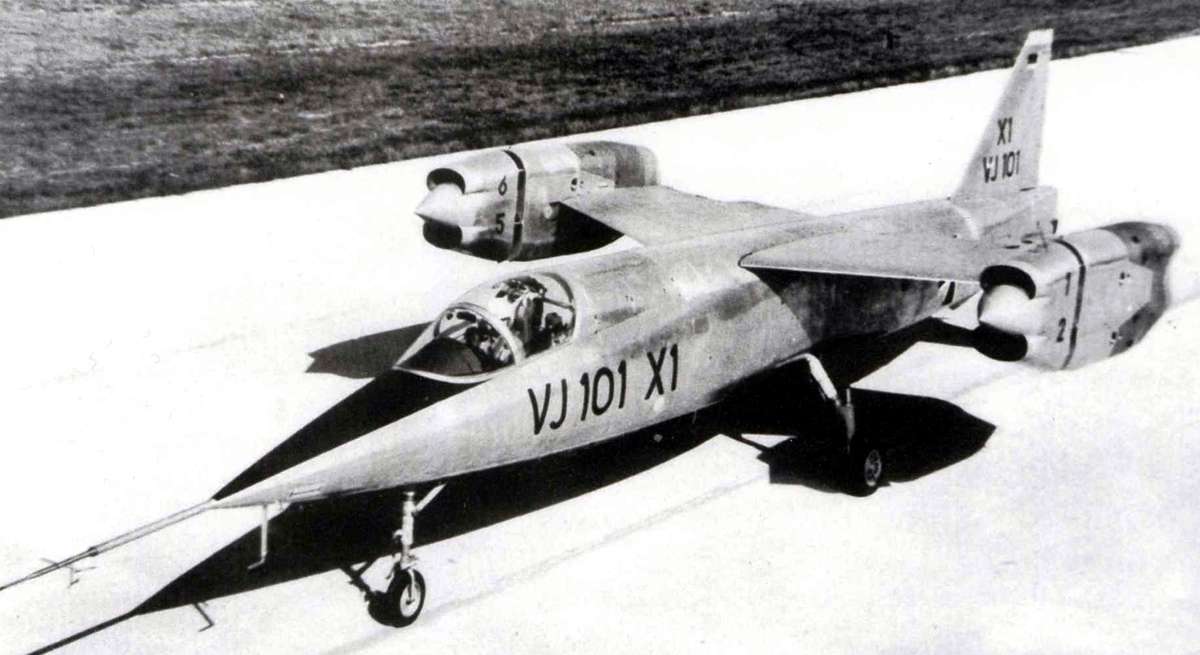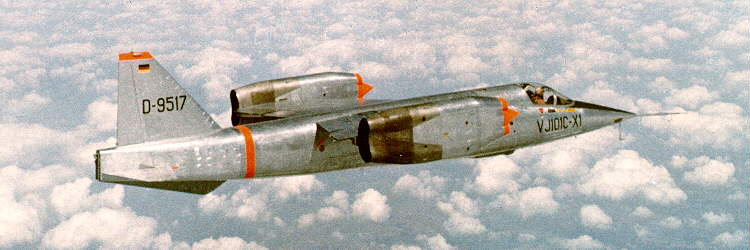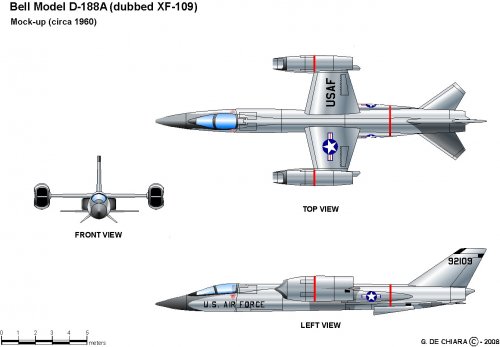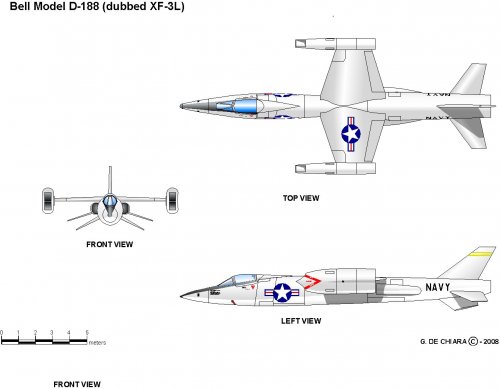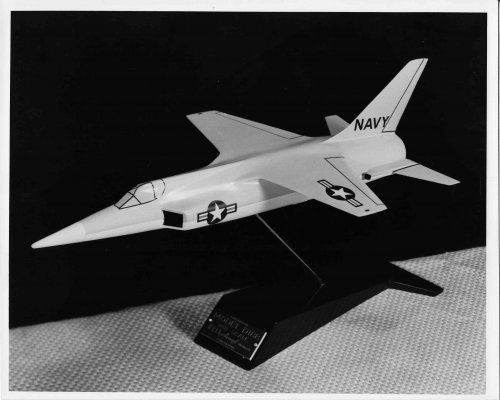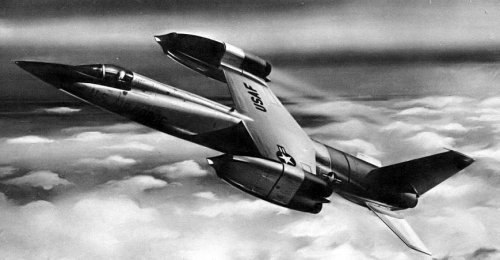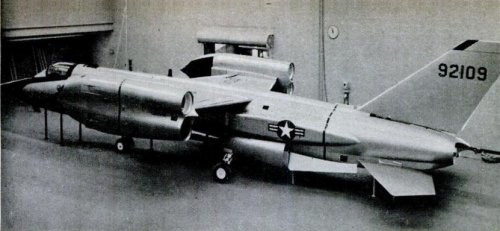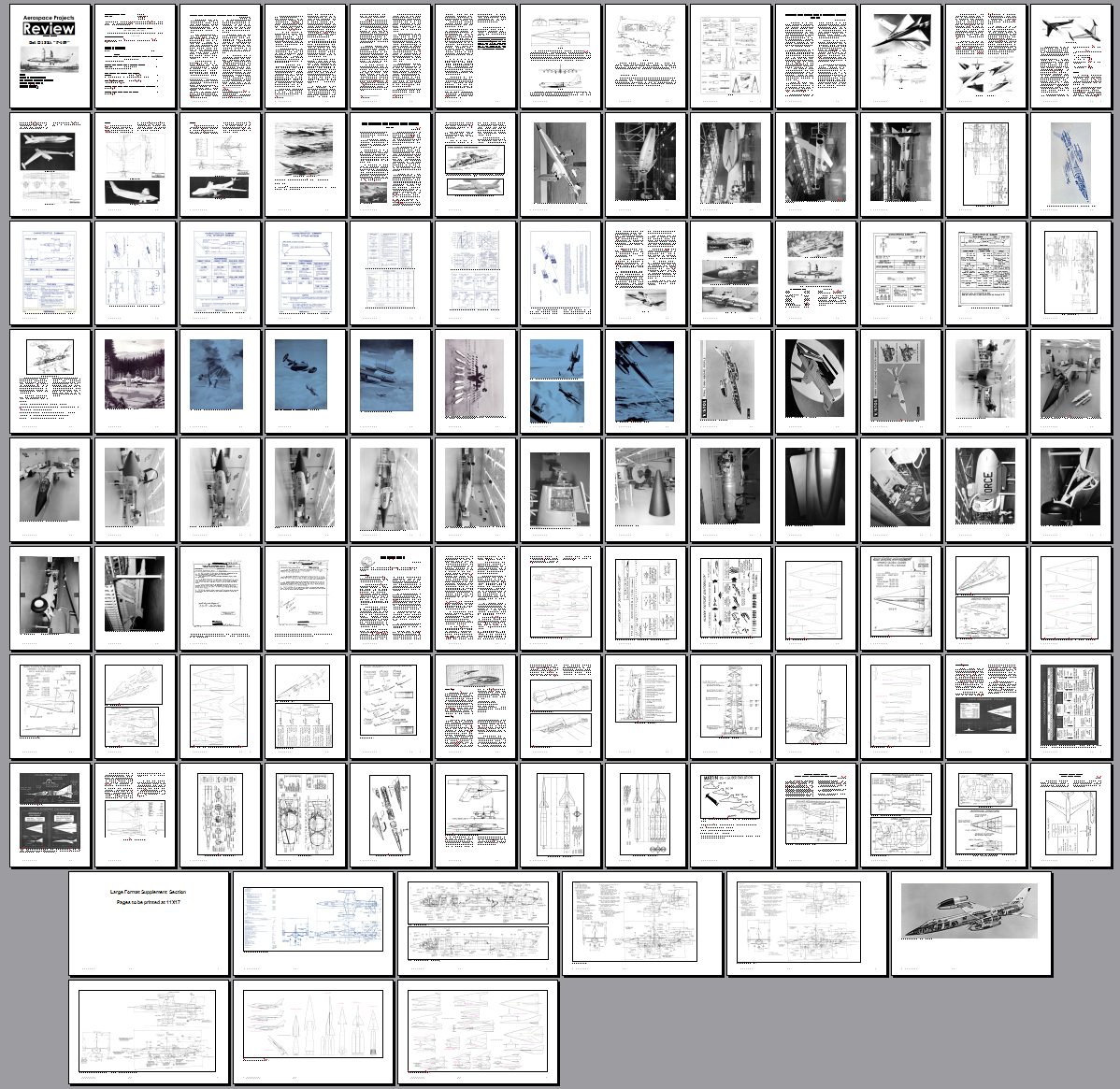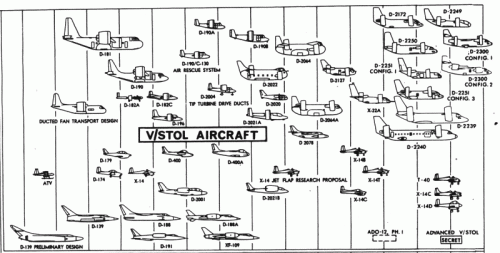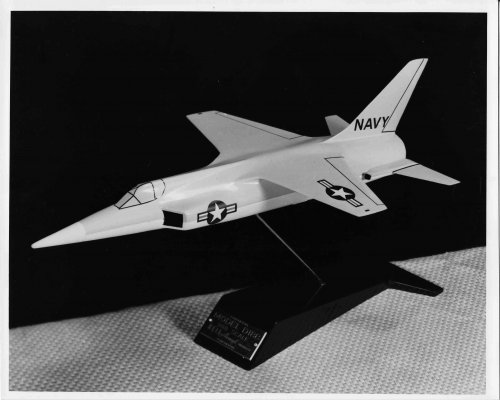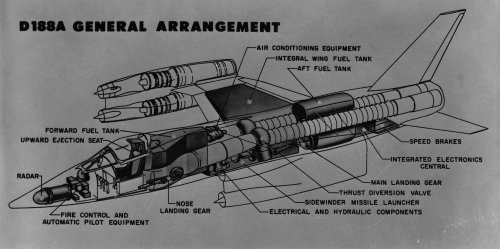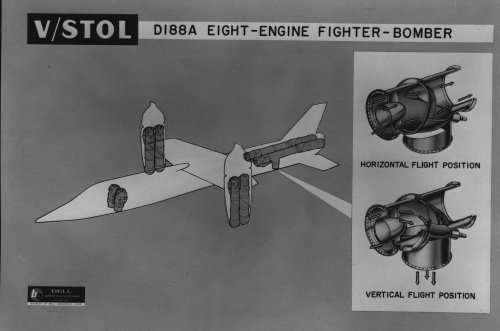EEP1A
ACCESS: Restricted
- Joined
- 27 November 2006
- Messages
- 36
- Reaction score
- 11
Through another amazing effort of Andreas Parsch, we could examine the actual “request for designation” for the Bell D-188 dated 29 January 1958 and 3 October 1958.(See first attachment)
In that document, statement that “The Navy has designated the subject aircraft the F3L” can be found which confirmed the rumor of F3L designation.
Attached are pictures of Bell F3L (D-188) mock-up. (source; Discovery Channel “Wings” “Straight Up” a six series program of 1996.)
Does anyone know if the mock-up for the Navy version was brand new or just repainted from USAF version? (It is also possible that the USAF version was repainted from Navy version.)
In that document, statement that “The Navy has designated the subject aircraft the F3L” can be found which confirmed the rumor of F3L designation.
Attached are pictures of Bell F3L (D-188) mock-up. (source; Discovery Channel “Wings” “Straight Up” a six series program of 1996.)
Does anyone know if the mock-up for the Navy version was brand new or just repainted from USAF version? (It is also possible that the USAF version was repainted from Navy version.)

